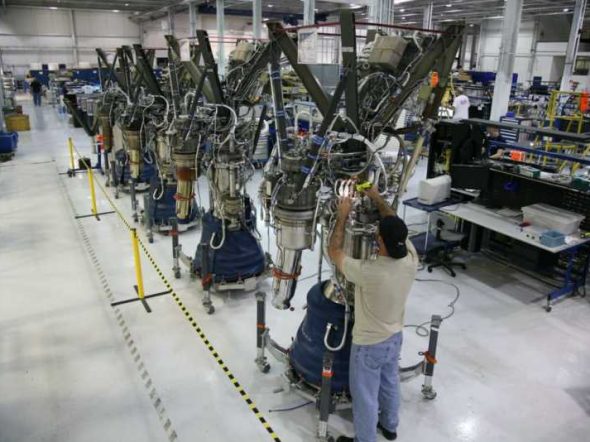In many industries, production output is a key topic and major influence on overall profit. The product that you are selling to consumers or other businesses must have a streamlined and consistent process to ensure quality and supply are meeting the levels of demand. Depending on how your company started, you may have been creating the product yourself or with a small team. However, as you have grown, the need for better manufacturing practices has arisen and you have had to expand.
In some cases, simply expanding your production capabilities may not be the best path toward increased output. However, there are several strategies that you could adopt to improve your production output to keep up with the demands of your customer base.
Purchasing the Right Equipment
If your production is starting to lag behind the demand for your product, the problem could be the type of equipment that you are using to create supply. Whether you are a healthcare business that requires efficient machines for dispensing or an e-commerce brand that creates custom flower pot covers, having the right equipment will affect your potential for production output.
The manufacturing methods you initially used in the early days of the company could be outdated or replaced with newer models that are more cost-effective without losing the speed of production. Don’t get caught up in the way things have always been, but consider how you could upgrade equipment to speed up the creation of your product.
Prolonging the Life of Production Equipment
Repairs and replacements can be a costly expense for product-based companies. When a breakdown causes a whole production line to be halted, the delays can result in bad products, unhappy customers, and lost revenue. Not to mention the cost of repairing the equipment itself.
To avoid these issues, prolonging the life of industrial machinery is critical to keeping up with demand and ensuring a consistency of high-quality products. First of all, thoroughly trained operators are a major factor in machine longevity. After all, if the people using the equipment the most are doing so incorrectly, breakdowns are much more likely. Additionally, using an oscilloscope in maintenance can be invaluable; it helps diagnose electrical issues in machinery, ensure timely repairs, and prevent major breakdowns. You can also invest in preventative maintenance to stay ahead of potential issues and keep a service record of the equipment to track its operations. Waiting for machinery to break down before taking care of it is a recipe for unexpected delays and equipment failures. By following practices to prolong the life of your equipment, you will save money while ensuring that there is little dropoff over time in your production output.
Consistently Re-Evaluate Processes
Before selling to customers, your product goes on a long journey from conception to design to physical manufacturing. Along this process, there are likely ways to improve the efficiency of the product itself and how it solves the problem of the customer as well as the process for manufacturing it. When the product or the manufacturing process becomes outdated, you can fall behind the competition in terms of production and potential sales.
By implementing consistent re-evaluation of these areas, you are staying vigilant of necessary upgrades to be proactive about providing the best possible solution for your customers. The more frequently you evaluate the product and its manufacturing process, the more prepared you will be to adopt changes quickly that will improve the product and increase output when the company experiences growth.
Work “Smarter” not Harder
In this case, “smart” refers more to technological advancements rather than human intelligence. Smart technology is infiltrating every industry in the world, and businesses that are on the cutting edge of these innovations have an advantage. Whether it is because of better automation, artificial intelligence, or more integrated user interfaces, equipment that embraces smart technology can increase efficiency, ease of use, consistent levels of quality, and output.
Smart equipment can cut down on training time while freeing up more labor for completing other tasks that are a part of the production cycle. In this way, machinery that uses smart technology can increase production output and maximize the manhours of your employees.
Your Company’s Success Depends on Your Adaptability
For most businesses, maximizing production output is a priority that is a strong indicator of revenue. This is why it is crucial to understand the areas where you can improve manufacturing processes to keep up with demand and continue churning out a product that has the level of quality your customers expect.
Your company needs the right equipment for your needs. That equipment should be cared for and operated in a way that prolongs its life. The processes that your product and manufacturing use should be re-evaluated regularly to find areas for improvement. If smart technology can increase efficiency and save you time and money, then look into machinery that incorporates recent innovations. To remain competitive, always remain open to learning about new strategies for improving production output.
